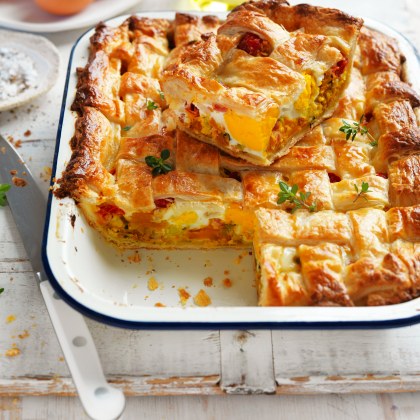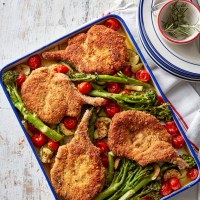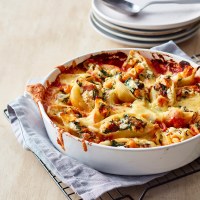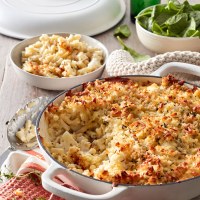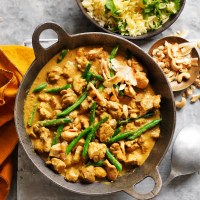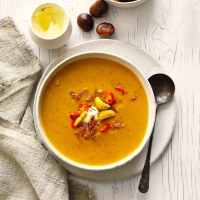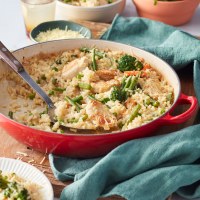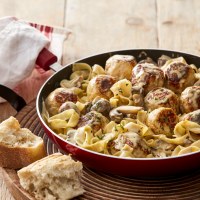How to freeze fresh veggies
How to blanch vegetables
- Clean and cut vegetables: Cut vegetables into similar sized shapes for even cooking
- Blanch: Place in large pot of boiling water for 1-5 minutes, depending on size and type of vegetable
- Plunge in ice water: This stops the cooking process
- Dry thoroughly: Drain and pat dry to reduce the formation of ice crystals on the surface
- Freeze on a tray: freeze veggies in one layer first, this stops them sticking together when placed in the freezer bag
- Place in freezer-safe containers: If using freezer bags, squeeze out excess air and ensure it's sealed well. Reusable silicon freezer bags are more sustainable.
Top tip: Freezing vegetables changes their texture, and they will not be as snappy or crunchy afterward. For this reason they're best for cooking, rather than in a salad.
Fresh vegetables that freeze well
- Green beans
- Broccoli
- Broccolini
- Carrots
- Cauliflower
- Leek
- Eggplant
- Onion*
- Pumpkin
- Sweet corn
- Asparagus
- Brussels sprouts
- Tomatoes*
- Celery*
How to use frozen vegetables
1. Soups, stews, pastas or casseroles
If you're using frozen vegetables in a soup, stew, pasta or casserole, you can add the vegetables while still frozen as a bit of extra liquid won't affect the dish.
2. Stir-fried or roasted
You can cook your vegetables from frozen, keep in mind they won't need to cook as long as fresh vegetables. Note that hardier vegetables such as grean beans, broccoli, broccolini and Brussels sprouts will work best for stir-frying or roasting after being frozen.
3. Dips, toppings or baked goods
Defrost the vegetables in the fridge and drain them when you don't want to add too much excess liquid, such as in slices, cakes or on pizza.
Cook with frozen vegetables
GET THE RECIPE: Healthy Beef and Lentil Bolognese
Frozen onion, carrots and celery will work well in this pasta sauce.
GET THE RECIPE: Egg, Bacon and Veggie Pie
Frozen pumpkin and leeks would work well in this recipe, let the vegetables thaw and drain before cooking them for the pie.
GET THE RECIPE: Low-carb Chicken Parmigiana
Frozen tomatoes and eggplant can go straight into this dish, ensure the eggplant is fully warmed through before serving.

